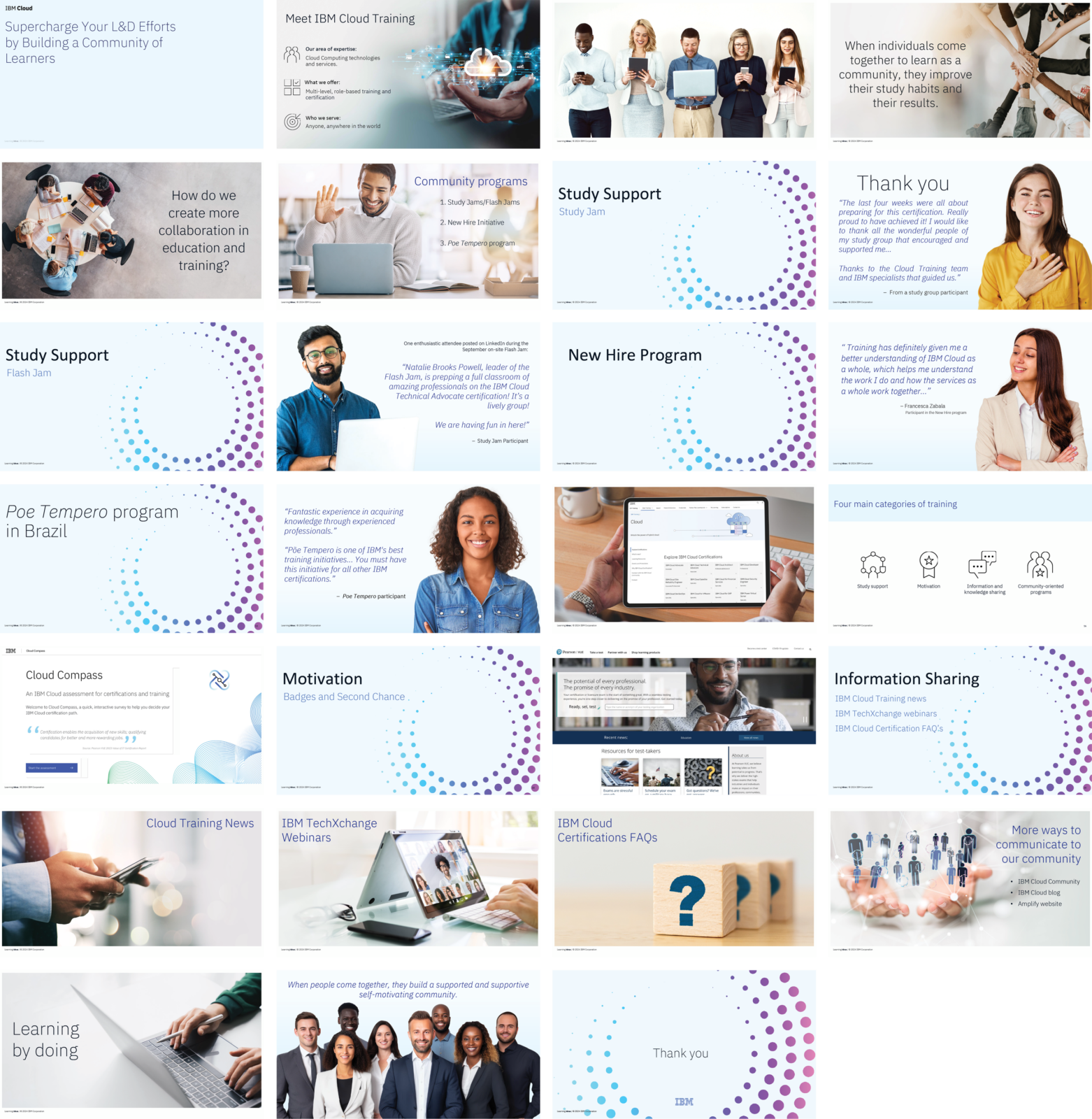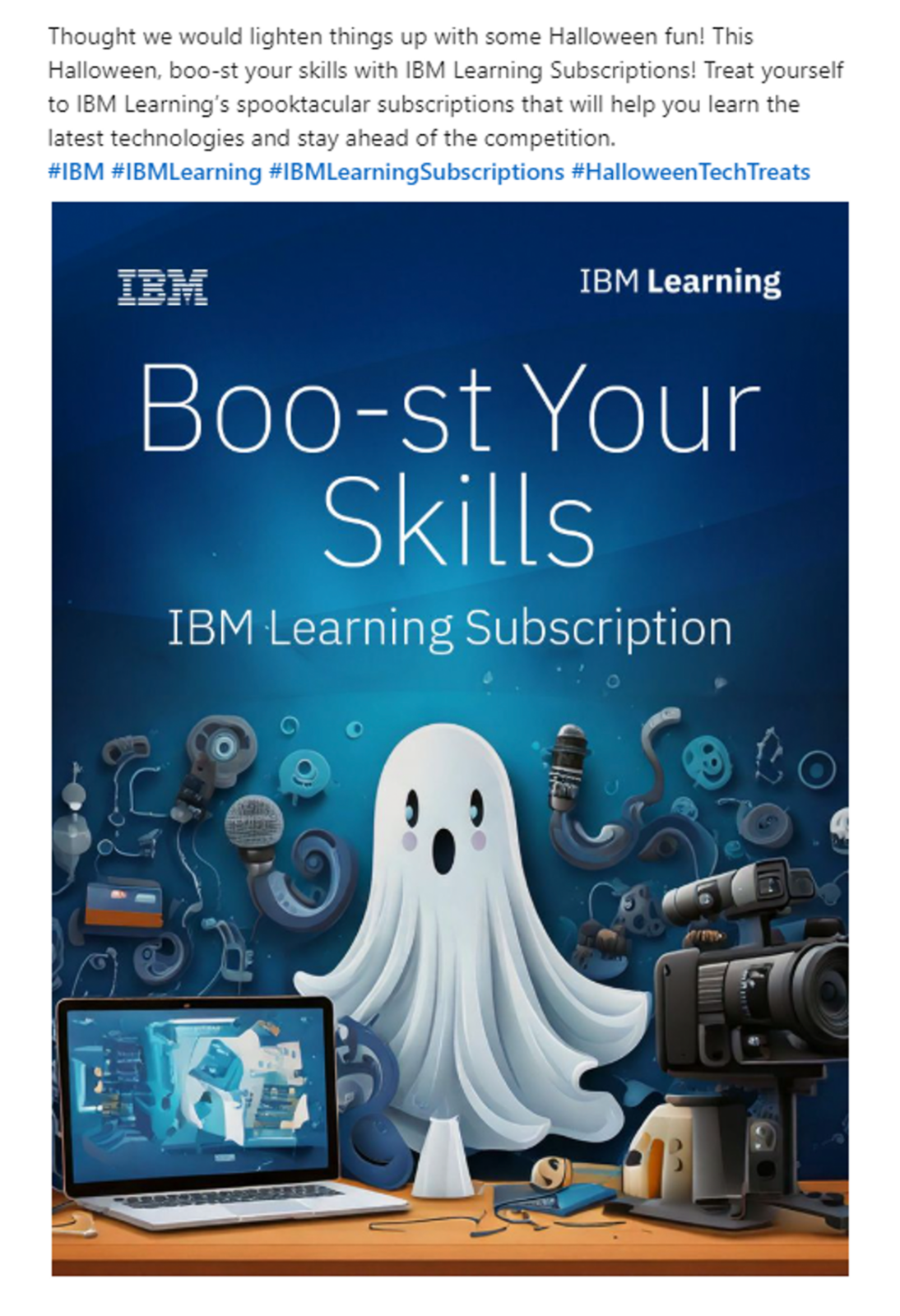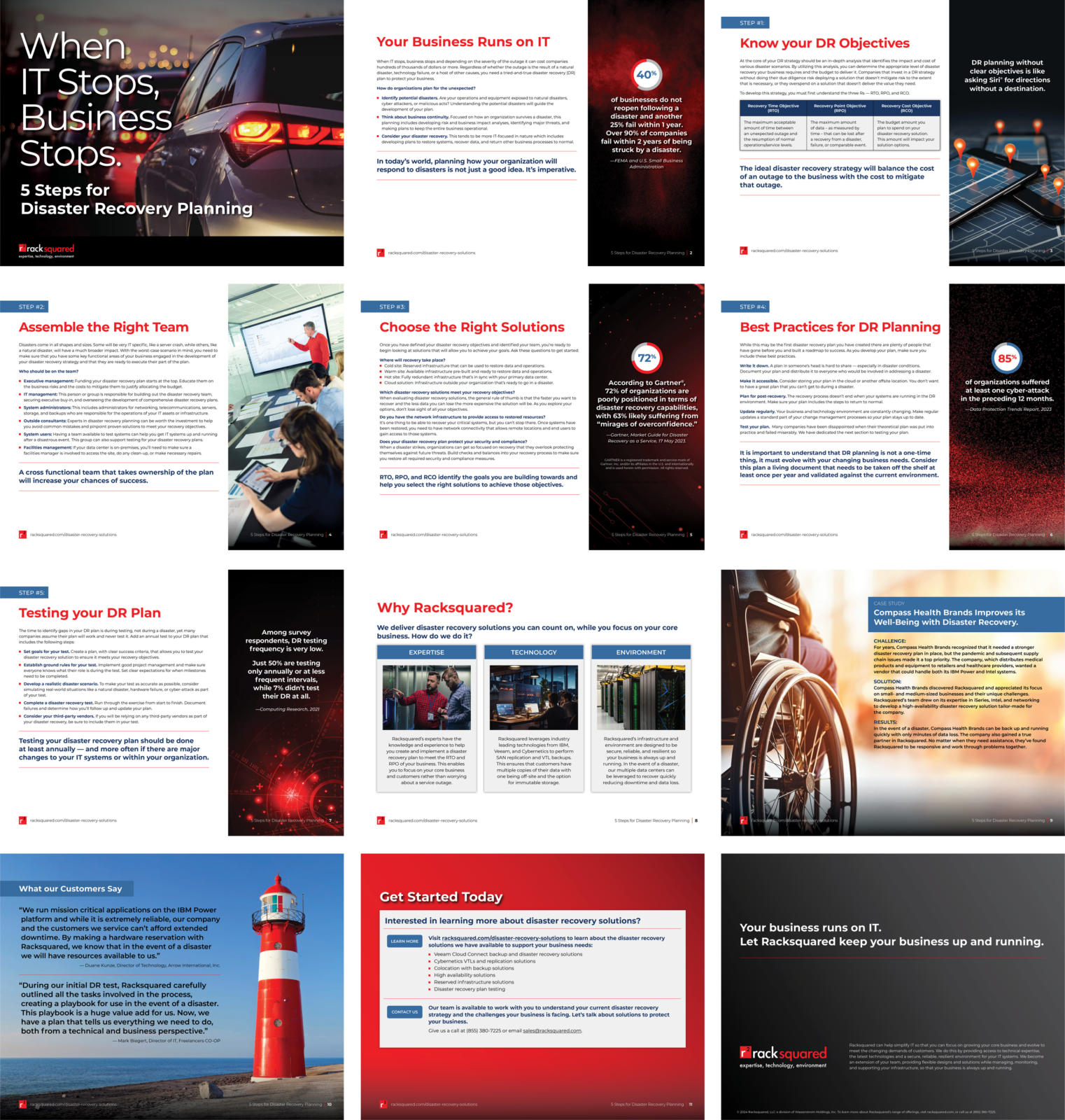When we asked clients and business allies about the marketing tactics that are working in 2019, they told us that live, in-person events are an invaluable source of leads—often the most valuable—whether they’re offering software, hardware, or services.
“But it’s not just a black and white question,” says Megan Tederick, Senior Manager, Product Marketing & Strategy for Cognizant. “‘Do digital events work for you, or do in-person live events work for you? Where your corporation is in their journey and their growth is going to dictate what works well, because it’s a constant evolution.”
I spoke with Megan and two other tech enterprise marketing executives about how to get the most out of live, online events—from webinars to product launches to training sessions—and they offered some practical advice, as well as a few warnings.
Narrow down, plan ahead
For any event, the first thing to do is narrow your purpose. Introducing a new feature? Demonstrating a major upgrade? Try a simple, achievable objective: “At the end of this presentation, every person in the audience should understand X.”
“Make it engaging, make it easy, and give people something they’re going to use,” advises Lauren LeRoy of Alation, “because people don’t otherwise have an hour to hang out and watch a presentation that does not add value.”
In setting goals, remember that online events can help you get prospects and customers to attend in-person events, too, and vice versa.
Avoid the zone-out zone
Your audience’s time is valuable: just by showing up and logging in, they’ve given you some of their day. Respect their schedule, and you’ll increase the part of your audience that sticks with you to the close. But how?
- Minimize drone: Don’t wait until the end for your big “A-ha!” moment, says Lauren. “I was on a webinar last week, and the first 30 minutes was setting the foundation before we got to the new content that I signed up to hear.” During your event, minimize introductions, speaker biographies, and agenda-setting. Instead, shift as much of that background as you can to email, social media, or an event-specific landing page.
- Maximize interaction: A live presentation online screams out for actual audience involvement. Don’t read through a slide deck your audience can read faster by themselves. Whether it’s a simple conferencing app, or sophisticated presentation software, collect the feedback that you can, and be ready to pivot.
Once the first question comes, says Lauren, “it opens the floodgate, and then you get 12 more. We’ve had a few trickle in throughout an event, but what I’ve found is you get a ton of questions right at the end.”
Key here: prime your audience to be an active one by prompting them for questions early. And be ready to break the silence that follows “Any questions?” by recapping the questions that you think may be on everyone’s mind.
A not-so-hidden bonus of getting your audience talking: Your customers’ and prospects’ pain points, from their point of view, is exactly what your sales team would most like to know.
That’s especially valuable if your audience is a skeptical one. As a product marketing manager in the security world, Megan points out that the practitioners, managers, and leaders she needs to reach are all appropriately skeptical, so cultivating trust is vital. And with online events, her team is often able to engage contacts they’ve previously made at in-person events.
Popping up a bridge between in-person and online
Andy Dominguez, Industry Marketing Manager at Aveva, has noticed that technology companies, especially ones with niche audiences, have combined in-person events with elements of online ones to create a hybrid: regional pop-up events. “With geographically targeted emails, pop-up events can target a local audience for a day, or even just an evening.“
“You can hire a venue for an evening, and have one or two speakers,” says Andy, “and you get the interaction of an in-person event without requiring your audience to travel to a distant city.”
With nimble pop-up events like this, you can target one or two topics that are timely and relevant to a specific audience. Rather than drawn-out agendas and conference-style keynotes, you can focus on a subject matter expert or two and the information they can impart.
Follow up with attention
Your presentation should provide immediate and useful value—a checklist of steps, a walk-through of a confusing process, or a relevant customer success story.
But don’t stop there: Provide your audience with relevant assets afterward, especially ones that draw on questions raised during the event. Be sure every attendee gets a thank you and an event recap, as well as a link to the replay, and an invitation to share with others.
Getting to your last slide or through your last speaker’s talk is not the end of your job. To succeed, your event has to answer the question every potential customer should be asking: “How will this help me?”
DeLaune & Associates has decades of experience explaining and humanizing complex technology—security to automation, storage to endpoint management—and the awards to show for it. What can we help you with today?




